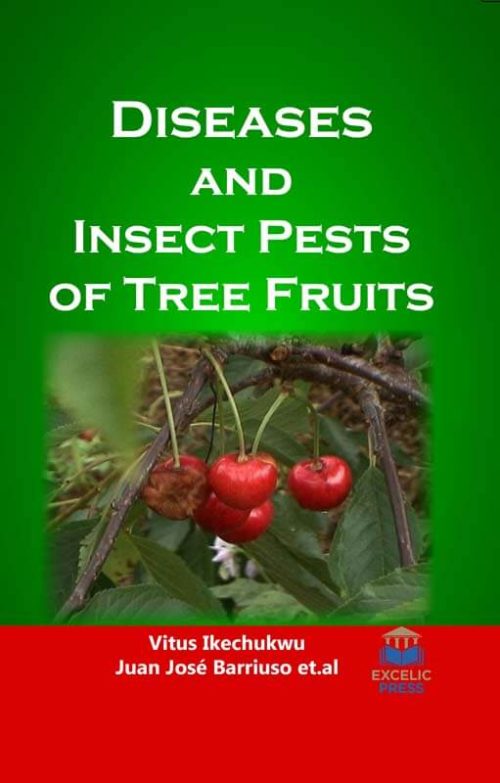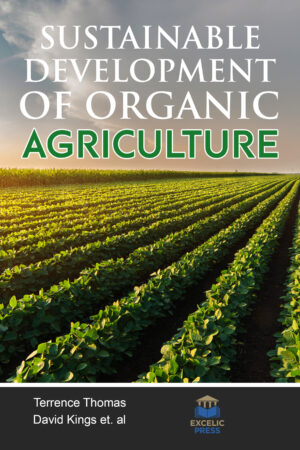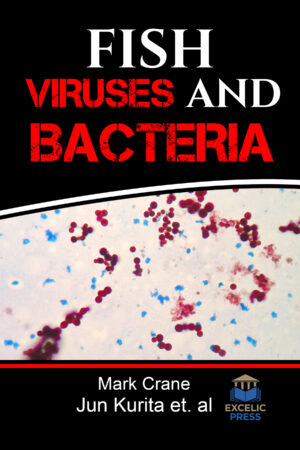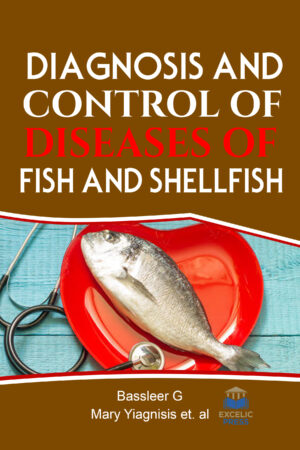Description
The introduction of planting materials also impose threat in the introduction of new diseases not known to be present earlier. Disease-free planting material is the backbone of Fruit Industry. To grow any type of fruit successfully, you must grow healthy plants and anticipate and prevent problems. The appearance and severity of pest problems vary between neighborhoods, areas of the state, and growing seasons. However, the diseases, if not managed on a war foot, it will result in drastic yield reduction and quality of the produces. Hence the adoption of suitable management measures with low residue levels in the final produces becomes a need of the time.
In this way, this book presents an emphasis on the analysis of fruit plant diseases and their management. The book attempts to investigate developments in viral, fungal, bacterial, and other diagnostic molecular approaches in a variety of plants. The peach is one of the most important global tree crops within the economically important Rosaceae family. The crop is threatened by numerous pests and diseases, especially fungal pathogens, in the field, in transit, and in the store. This book aims to comprehensively compile the information currently available on the species of the fungus Monilinia, which causes brown rot in peach, and the available options to control the disease. The breeding for brown rot-resistant varieties remains an ideal management option for brown rot disease control, considering the uniqueness of its sustainability in the chain of crop production.
The book takes a lucrative approach to control strategies of fire blight (Erwiniaamylovora) on apple trees with trunk-injected plant resistance inducers and antibiotics and assessment of induction of pathogenesis-related protein genes. Scientists are attempting to find biological agents to use against this severely destructive disease, so in some parts of the world, searches have been carried out for antagonist-microorganisms to use against fire blight. Biological control agents of fire blight have been found by applying, through spraying treatments, non-pathogenic bacteria, Bacillus subtilis or Pantoeaagglomerans and plant extract, viz. It also focuses on the virus disease in American Blackcurrant (Ribesamericanum) with distinct genome features and implications for certification, nurseries, and fruit production in high-risk blueberry viruses in North America is presented as well.
In succeeding chapters, the book focuses on molecular characterization of divergent cluster virus isolates infecting Ribes species; fire blight host-pathogen interaction; diversity of little cherry virus 1 with implications for diagnostics; the crop load effects on brown rot progression in fruit orchards; and the incidence and genetic diversity of apple mosaic virus and prune dwarf virus in Prunus species in Australia. The intended scientific information will be of value to the students, scientists, researchers, planners and extension personnel for a better understanding of various plant protection methods. This better understanding will lead to boost the world fruit industry for prosperity.





